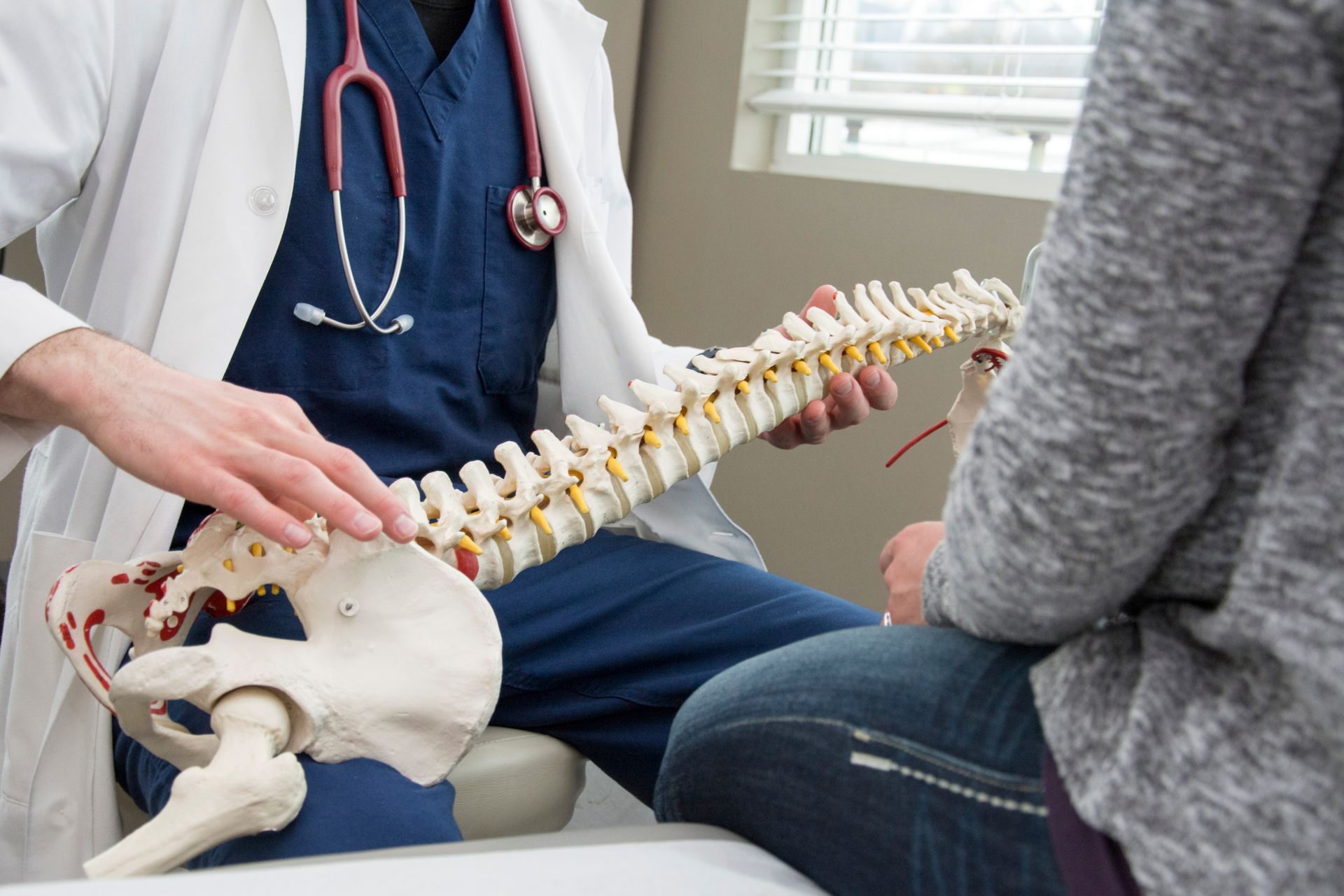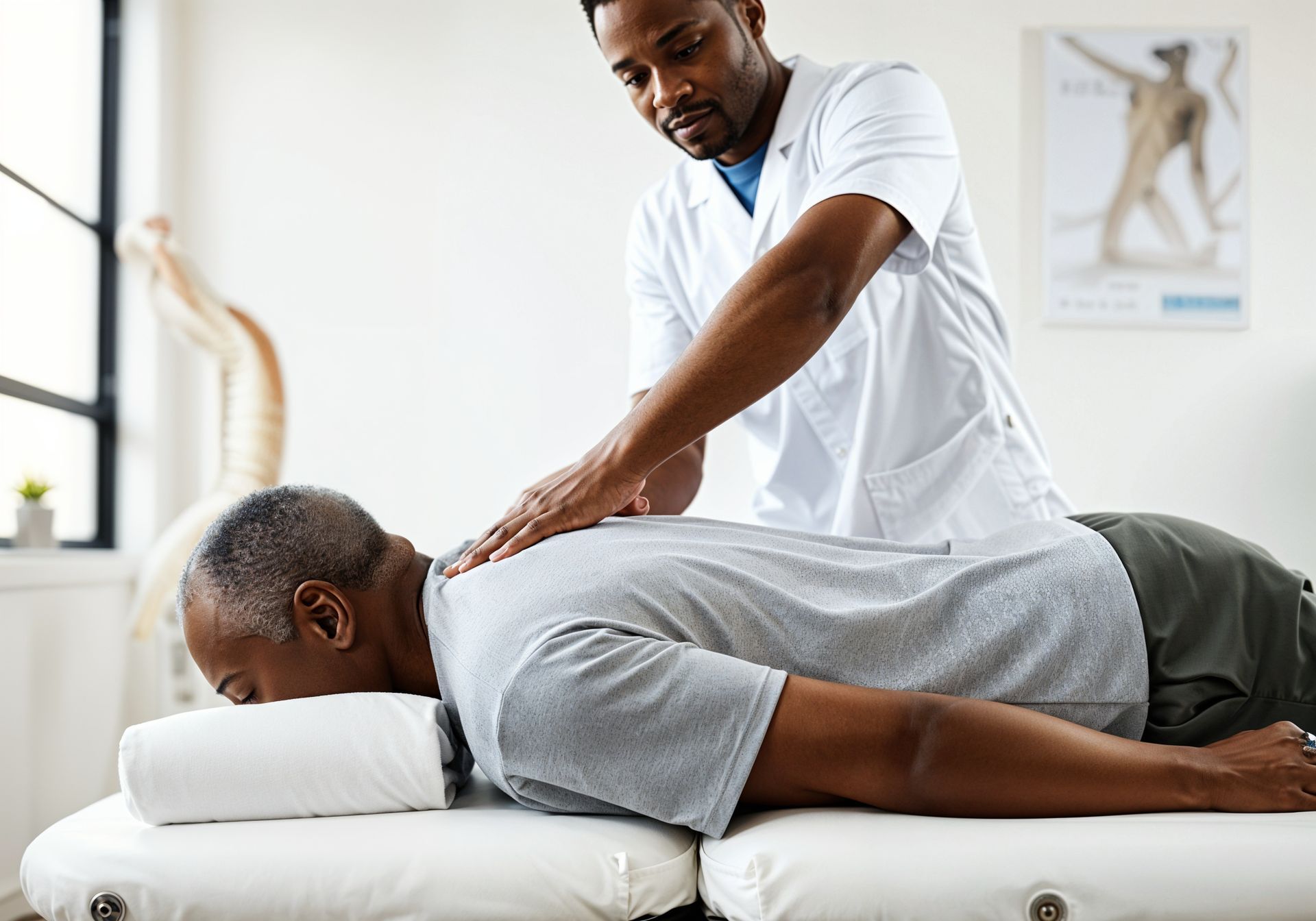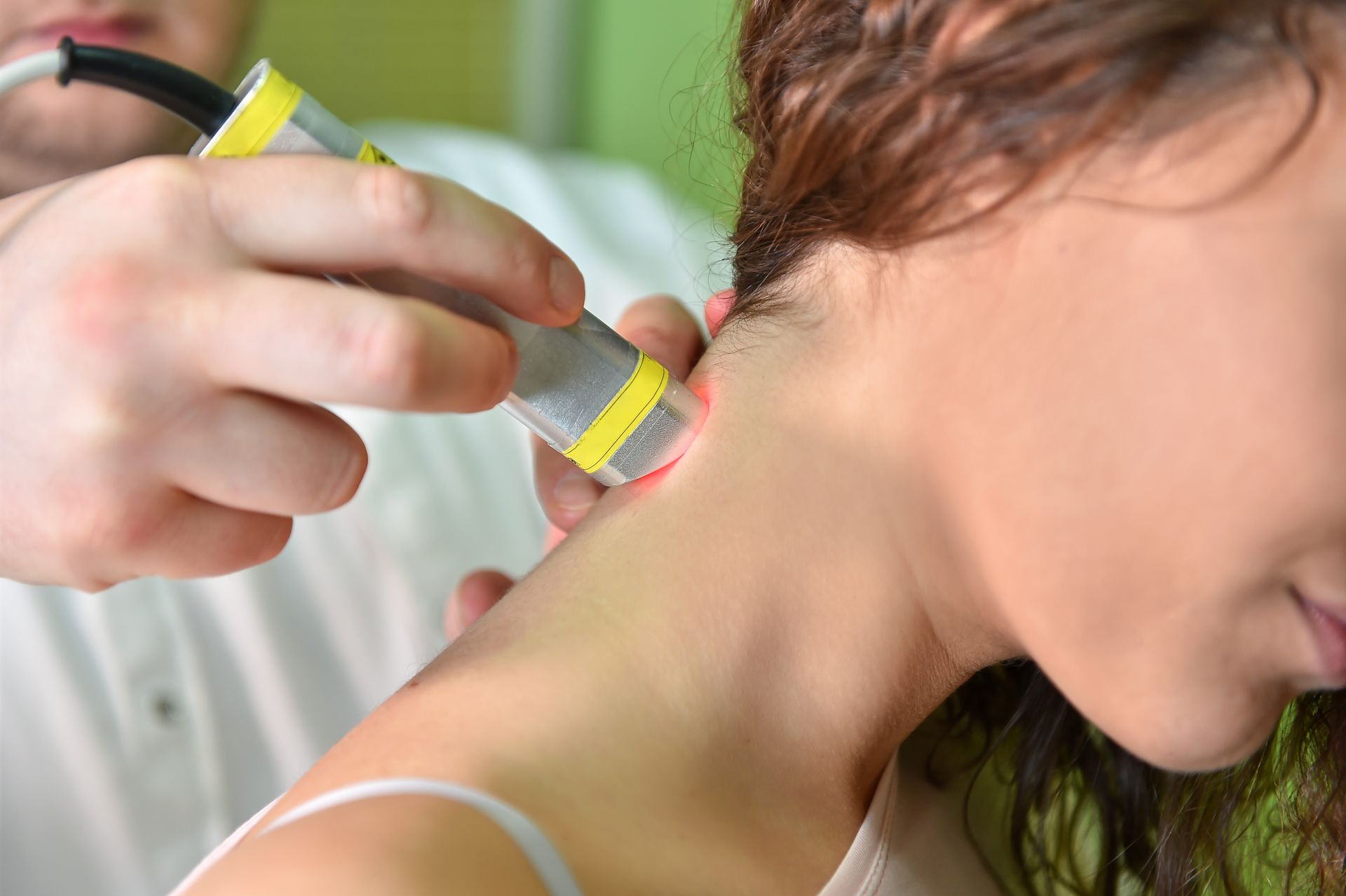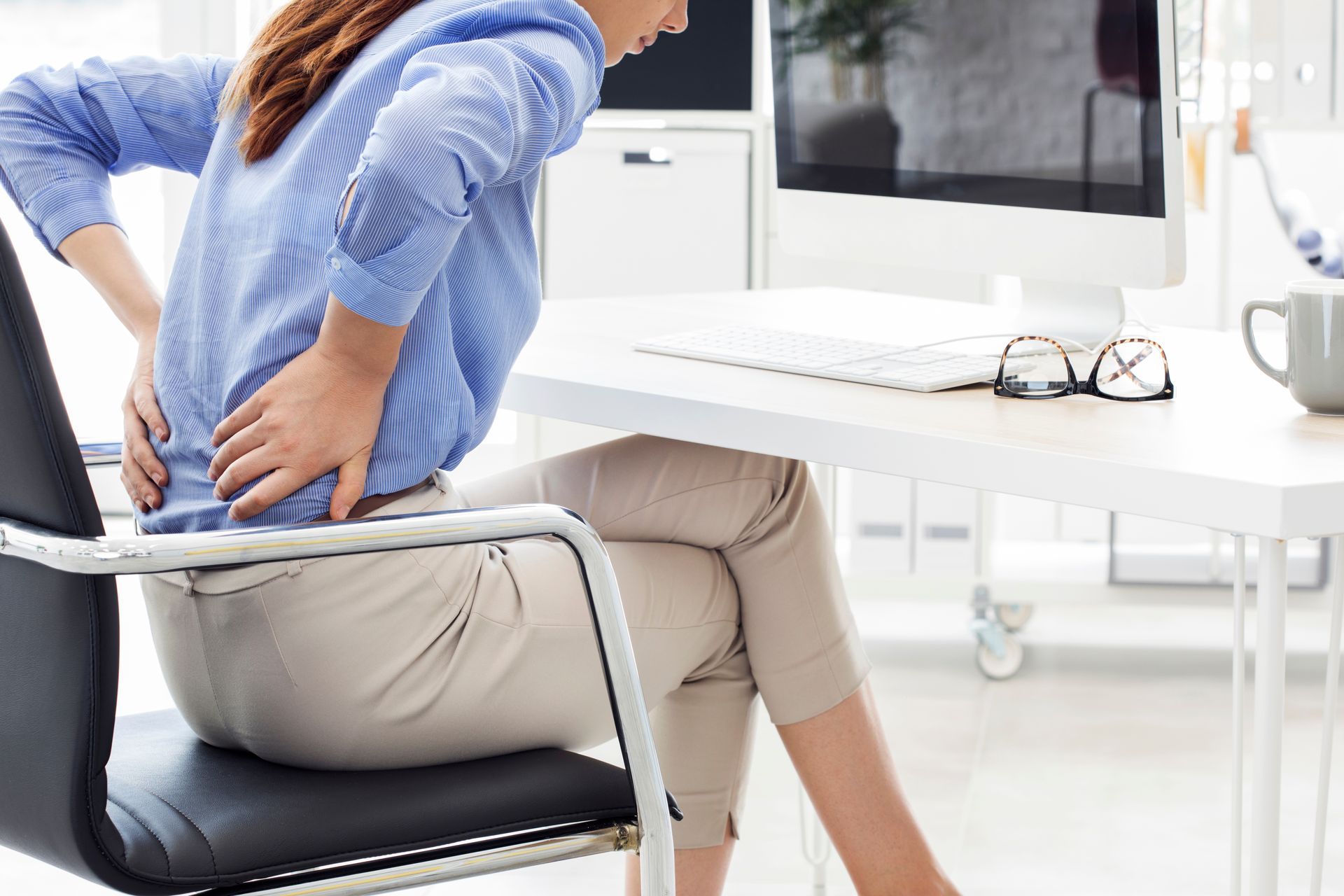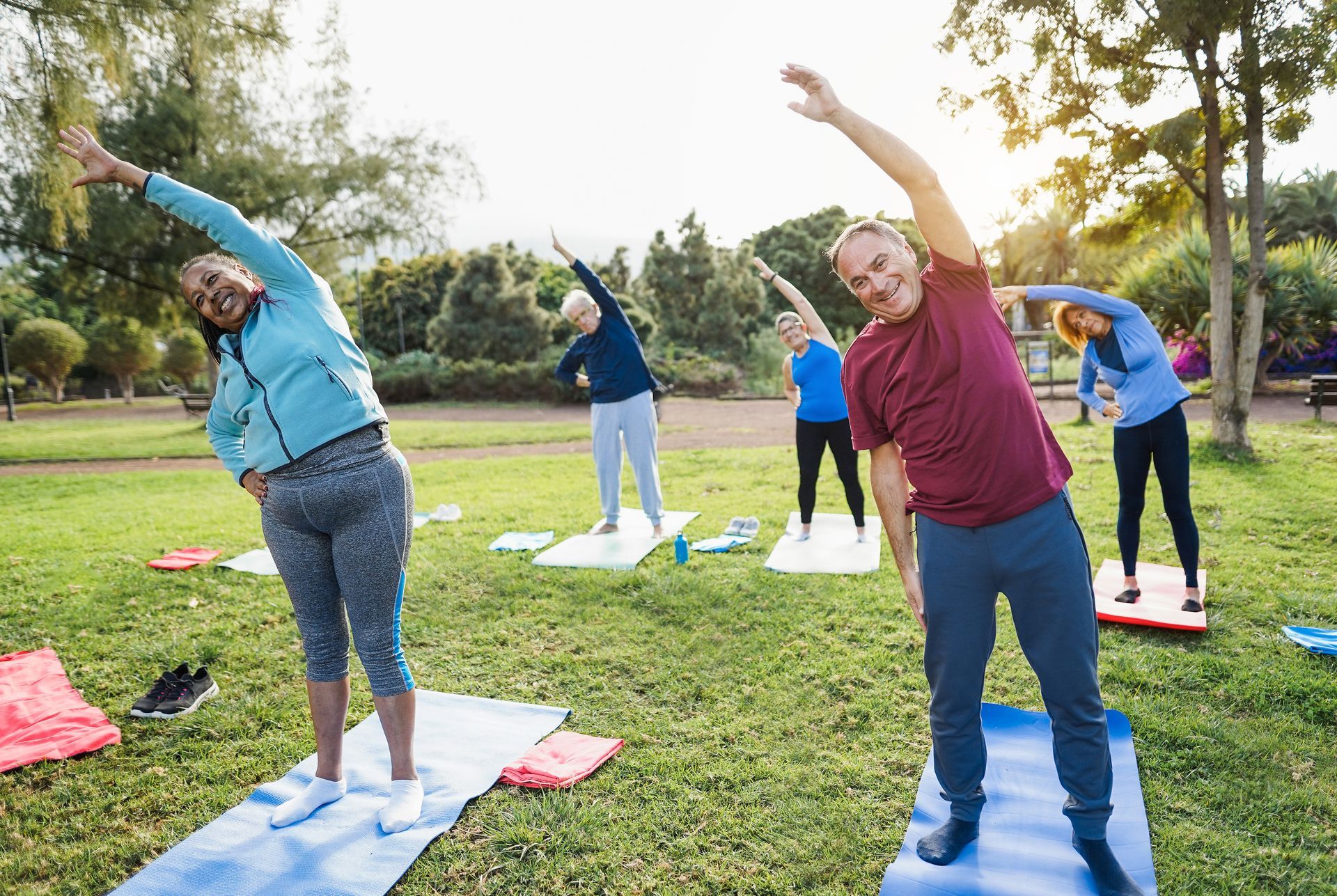Layered Clothing, Sleep Positions & Back Health: How to Stay Comfortable During Fall Nights
Key Points
- Cooler fall nights can increase muscle stiffness and back pain
- Proper sleep positioning and pillow support are crucial for spinal alignment
- Layered bedding helps regulate temperature without compromising back support
- Pre-bedtime stretching and heat therapy can prevent morning stiffness
- Your mattress may need seasonal adjustments as temperatures drop
- Simple bedroom modifications can dramatically improve sleep quality and back health
As the Tennessee temperatures start dropping and those crisp fall nights settle in around Brownsville, Lakeland, Oakland, and Munford, many of our patients at Cannon Chiropractic notice something interesting: their backs feel stiffer in the mornings. If you're waking up with more aches and pains lately, you're not imagining things!
Dr. Jayson Cannon has been helping Tennessee families sleep better and wake up pain-free for years. Today, we're sharing his expert insights on how seasonal changes affect your back health and what you can do about it.
Why Fall Weather Affects Your Back Health
The science is pretty straightforward: cooler temperatures cause your muscles and joints to tighten up naturally. It's your body's way of conserving heat, but it can wreak havoc on your spine.
Here's what happens during those chilly Tennessee nights:
- Muscle tension increases as your body works to stay warm
- Blood flow decreases to extremities, reducing nutrient delivery to spinal tissues
- Joint fluid thickens slightly, making movement feel stiffer
- Barometric pressure changes can trigger inflammation in sensitive joints
- Sleep positions shift as we burrow under heavier blankets
Dr. Cannon sees this pattern every fall at all four of his Tennessee locations. The good news? A few simple adjustments can make a huge difference in how you feel.
The Perfect Fall Sleep Setup for Your Back
Choose the Right Pillow Configuration
Your pillow game needs to be strong in fall! As you add layers of clothing and bedding, your pillow height might need adjusting.
For back sleepers:
- Use a medium-height pillow that supports your neck's natural curve
- Place a small pillow under your knees to reduce lower back pressure
- Avoid stacking multiple pillows – this pushes your head too far forward
For side sleepers:
- Choose a firmer, higher pillow to fill the space between your shoulder and head
- Keep a pillow between your knees to maintain hip alignment
- Make sure your top arm has support to prevent shoulder rolling
For stomach sleepers: Dr. Cannon usually recommends avoiding this position, but if you must sleep on your stomach, use a very thin pillow or none at all, and place a small pillow under your hips.
Mattress Support Matters More in Cold Weather
When temperatures drop, your mattress might feel different. Here's what Dr. Cannon recommends:
Check your mattress support: Cold weather can make some mattresses feel firmer. If your mattress is too soft, consider adding a firm mattress topper for better spinal alignment.
Memory foam considerations: Memory foam can get firmer in cold rooms. If your bedroom gets chilly, you might need to adjust your room temperature or switch to a different mattress type.
Old mattress warning signs: If you're waking up with more back pain as the weather cools, your mattress might not be providing adequate support anymore.
Layered Bedding Strategy for Back Health
The key is staying warm without compromising spinal support. Here's Dr. Cannon's recommended layering approach:
Layer 1: Base Support
Start with
fitted sheets that don't bunch up. Wrinkled sheets can create pressure points that affect your spine alignment.
Layer 2: Consistent Warmth
Add a lightweight blanket or comforter that provides even warmth without weight concentration on specific body parts.
Layer 3: Adjustable Comfort
Top with a removable layer (throw blanket or light comforter) that you can adjust during the night without disturbing your sleep position.
Pro tip from Dr. Cannon: Avoid electric blankets directly against your body. They can cause overheating in some areas while leaving others cold, leading to uneven muscle tension.
Fall Clothing and Sleep Comfort
What you wear to bed affects your spinal health more than you might think!
The Right Sleepwear for Back Health
Loose-fitting pajamas are your best friend. Tight clothing can:
- Restrict blood circulation
- Cause you to shift positions more during sleep
- Create pressure points that affect spinal alignment
- Make it harder for your body to regulate temperature
Fabric matters: Choose breathable materials like cotton or moisture-wicking blends. You want to stay warm without overheating, which can cause restless sleep and poor positioning.
Layering Sleep Clothes
Instead of one heavy layer, try:
- Light base layer (comfortable pajamas or sleepwear)
- Removable warm layer (lightweight robe or cardigan) you can take off if you get too warm
- Warm socks – cold feet can cause you to curl up in positions that stress your spine
Pre-Bedtime Back Health Routine
Dr. Cannon's 10-minute evening routine can prevent morning stiffness:
Gentle Stretching (5 minutes)
- Cat-cow stretches on hands and knees
- Knee-to-chest pulls while lying on your back
- Gentle spinal twists sitting on the edge of your bed
- Shoulder rolls to release upper back tension
Heat Therapy (5 minutes)
- Use a heating pad on low for 10-15 minutes before bed
- Take a warm (not hot) shower to relax muscles
- Try a warm compress on particularly tight areas
Important: Dr. Cannon recommends heat therapy BEFORE bed, not during sleep. Heating pads can cause burns if used while sleeping.
Heat vs. Cold: What Works Best for Fall Back Pain?
This is one of the most common questions Dr. Cannon gets at his Tennessee clinics.
When to Use Heat
Use heat therapy when:
- Your muscles feel stiff or tight
- You're preparing for bed or gentle activity
- You need to improve circulation
- The pain feels achy rather than sharp
When to Use Cold
Use cold therapy when:
- You have acute inflammation or swelling
- The pain is sharp or shooting
- You've had a recent injury
- Heat makes your pain worse
Fall-specific tip: Most seasonal back stiffness responds better to gentle heat, but listen to your body and don't hesitate to contact Dr. Cannon's team if you're unsure.
Creating the Ideal Sleep Environment
Room Temperature for Back Health
Dr. Cannon recommends keeping your bedroom between 65-68°F. This range:
- Prevents overheating that causes restless sleep
- Keeps muscles from getting too cold and tight
- Helps maintain deep sleep cycles for better recovery
Humidity Considerations
Tennessee's fall weather can be dry. Consider using a humidifier to:
- Prevent nasal congestion that affects sleep positions
- Keep your skin comfortable (scratching can disrupt sleep)
- Maintain optimal breathing for restful sleep
Common Fall Sleep Mistakes That Hurt Your Back
Dr. Cannon sees these patterns every year:
Mistake #1: Adding Too Many Heavy Blankets
The fix: Use lighter, layered bedding instead of one heavy comforter
Mistake #2: Cranking Up the Heat
The fix: Use targeted warmth (heated mattress pad on low) rather than overheating the whole room
Mistake #3: Sleeping in Clothes You Wore All Day
The fix: Change into loose, comfortable sleepwear
Mistake #4: Ignoring New Morning Stiffness
The fix: Address seasonal back pain early before it becomes chronic
FAQs About Fall Sleep and Back Health
Q: Why does my back hurt more when the weather changes?
A: Barometric pressure changes can affect joint inflammation, and cooler temperatures naturally increase muscle tension. Your body is responding normally to seasonal changes.
Q: Should I change my mattress for fall and winter?
A: You don't need a new mattress, but you might need to adjust your bedding layers or add a mattress topper for consistent support as your mattress responds to temperature changes.
Q: Is it better to sleep in a warm room or use more blankets?
A: Dr. Cannon recommends keeping your room at a comfortable temperature (65-68°F) and using layered bedding that you can adjust throughout the night.
Q: When should I use a heating pad for back pain?
A: Use heating pads BEFORE bedtime for 10-15 minutes to relax muscles, but never sleep with them on. Heat therapy works best when combined with gentle stretching.
Q: Can my fall allergies affect my back pain?
A: Absolutely! Congestion can cause mouth breathing and poor sleep positions. Coughing and sneezing can also strain your back muscles.
FAQs About Cannon Chiropractic
Q: Do you treat seasonal back pain at all your Tennessee locations?
A: Yes! Dr. Jayson Cannon provides comprehensive back pain treatment at all four locations: Brownsville, Lakeland, Oakland, and Munford. Each office is equipped to handle seasonal pain management.
Q: What should I expect during my first visit for sleep-related back pain?
A: Dr. Cannon will evaluate your sleep habits, examine your spinal alignment, and create a personalized treatment plan that may include adjustments, exercises, and sleep position recommendations.
Q: Do you accept walk-ins for urgent back pain?
A: While appointments are preferred, we understand that back pain doesn't follow a schedule. Call your nearest location to discuss urgent care options.
Q: Can you help me choose the right mattress and pillows?
A: Dr. Cannon provides specific recommendations based on your spinal health needs, sleep position preferences, and any existing conditions. This guidance is part of your comprehensive care plan.
Q: How often should I see a chiropractor for seasonal back issues?
A: Treatment frequency depends on your individual needs. Some patients benefit from seasonal tune-ups, while others need more regular care. Dr. Cannon will create a plan that works for your lifestyle and budget.
Don't Let Fall Weather Ruin Your Sleep
Good sleep is essential for back health, and back health is essential for good sleep. It's a cycle that Dr. Cannon helps patients optimize every day across Tennessee.
If you're waking up stiff and sore as the weather cools down, don't just accept it as "getting older" or "seasonal aches." Simple adjustments to your sleep setup, combined with professional chiropractic care, can make a dramatic difference in how you feel.
Ready to sleep better and wake up pain-free this fall? Contact Dr. Jayson Cannon's team at your most convenient Tennessee location:
- Brownsville: (731) 585-9355 | 1129 S Dupree Ave, Suite 300
- Lakeland: (901) 746-8745 | 9020 Highway 64, Suite 103
- Oakland: (901) 235-6798 | 200 Chickasaw Ridge Dr Ste 19
- Munford: (901) 840-2234 | 76 Tabb Drive
Learn more about our comprehensive
chiropractic care services and start sleeping comfortably through Tennessee's beautiful fall season.
